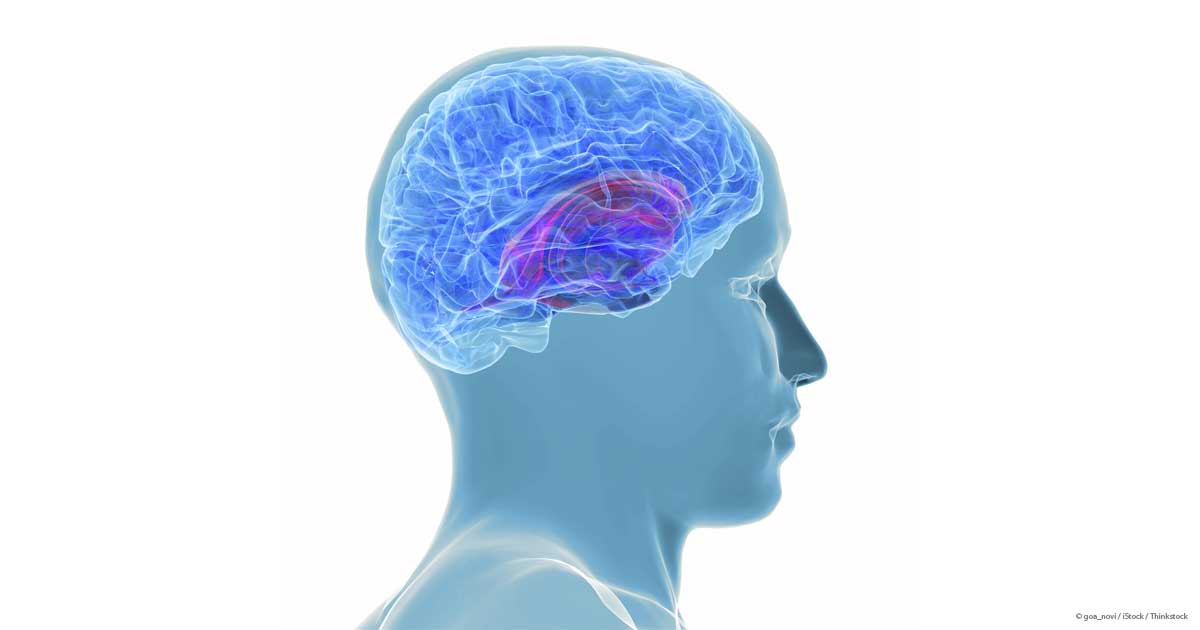



A characteristic feature of Alzheimer’s disease is the presence of so called amyloid plaques in the patient’s brain — aggregates of misfolded proteins that clump together and damage nerve cells. Although the body has mechanisms to dispose these aggregates, it apparently cannot keep up with the load in the diseased brain.

Scientists from the German Center for Neurodegenerative Diseases (DZNE), Munich and the Ludwig Maximilians University (LMU), Munich say they have discovered a strategy to help the brain remove amyloid plaques, which is a characteristic feature of Alzheimer’s disease. More precisely, they uncovered a factor that can activate microglial cells to engulf newly forming clumps in the brain. Microglia are the scavenger cells of the brain’s immune system that function in keeping the brain free of any damaging material. The study (“Young Microglia Restore Amyloid Plaque Clearance of Aged Microglia”) is published in The EMBO Journal.
Previous research addressing the function of microglia in Alzheimer’s disease was hampered by methodological constraints. Researchers often used microglial cells cultured in a dish, but only microglia from newborn mice survive outside the body. However, young microglia are not ideal to investigate an age-related illness, especially since it was known that microglia change in the course of the disease. All in all, the role of microglia in clearing the brain of amyloid plaques was still under debate.
The research team from Munich, headed by Christian Haass, Ph.D., and Sabina Tahirovic, Ph.D., devised a new tissue culture system to address these issues. The scientists noted that they “took aged brain tissue from mouse model of Alzheimer’s disease and co-cultured it with tissue from younger brains. They observed that, within a few days of culturing, amyloid plaques were starting to clear away.”
A detailed analysis of this process revealed that microglia from the aging tissue were engulfing the plaques on site, but they received some long-distance assistance from the younger tissue in the dish. In fact, young microglia were secreting factors that helped old microglia rejuvenate, resume cell division, and take up their work to clear the brain from plaques. One of the factors that reactivated aged microglia is called granulocyte-macrophage colony stimulating factor, or GM-CSF for short. The researchers found that GM-CSF alone could do the job.
GM-CSF has previously been reported to reduce plaques and improve cognition in a mouse model of Alzheimer’s disease. However, it is not yet known if GM-CSF could potentially work as a new drug for Alzheimer’s disease in humans. Caution is advised, because activating microglia may also have its down sides. Microglia secrete small proteins that induce inflammatory reactions and may harm neurons. The new model system of Drs. Tahirovic, Haass, and their colleagues, however, can be explored further to search for additional factors that enhance the clearance of amyloid plaques.
 Relevant
news
Relevant
news